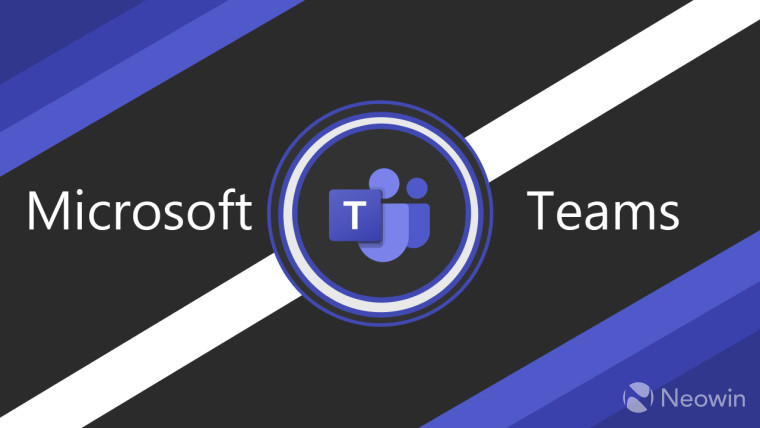silversurfer
Level 85
Thread author
Verified
Honorary Member
Top Poster
Content Creator
Malware Hunter
Well-known
- Aug 17, 2014
- 10,200
Microsoft says that Teams is now up to 50% more power-efficient than it was a year and a half ago in June 2020. In a blog post by Robert Aichner, Principal Group Program Manager at Microsoft in the Intelligent Communication and Conversation Cloud (IC3) group, the company has been explained how it achieved these impressive gains.
The evaluation was done by creating a suitable framework to test out the different scenarios that mainly involve group video calls and screen sharing.
Microsoft says this not only helps in energy savings but also helps create a good experience on Windows devices using lower-end hardware:
In addition to reduced energy costs, these optimizations lower the burden on an organization’s hardware and improve the consistency and efficiency of Teams meetings and calling experiences across devices. One of the challenges brought on by the ubiquity of Teams is the need to create equitable experiences across an incredibly diverse Windows device ecosystem. We’re committed to ensuring great calling and meeting experiences for users on low-end hardware as well as those on high-end workstations and high-resolution monitors.
In brief, Microsoft has worked on:
- Camera optimizations to reduce CPU loads
- Improving Teams' video re-scaling when working with different resolution group calls
- GPU-based hardware acceleration

Microsoft: Teams now up to 50% more power efficient thanks to CPU and GPU optimizations
Microsoft has detailed how it was able to improve Teams' power efficiency by up to 50%. The improvements however are using June 2020 as baseline, but it is still quite impressive regardless.